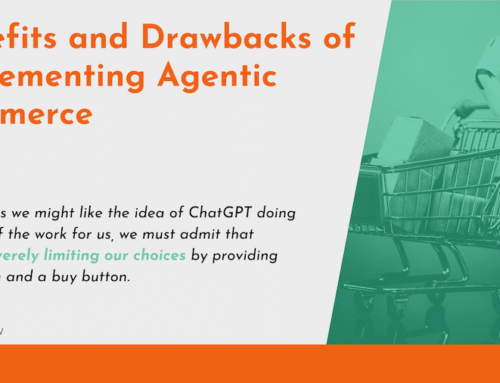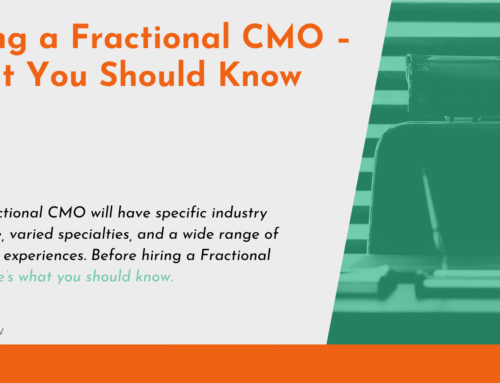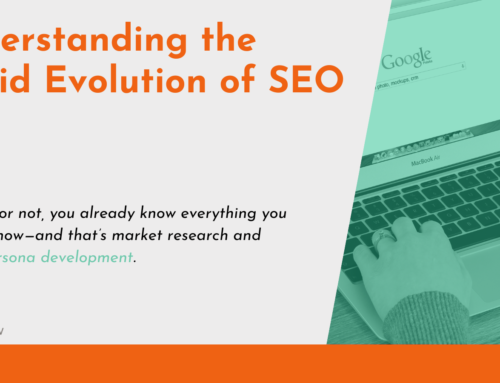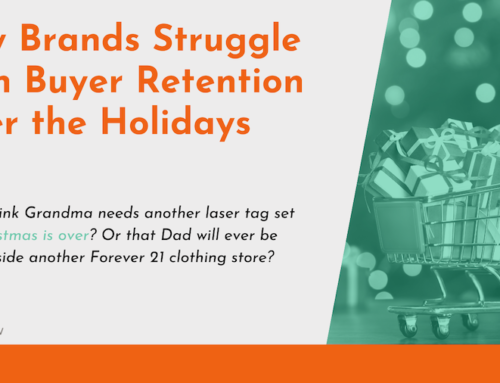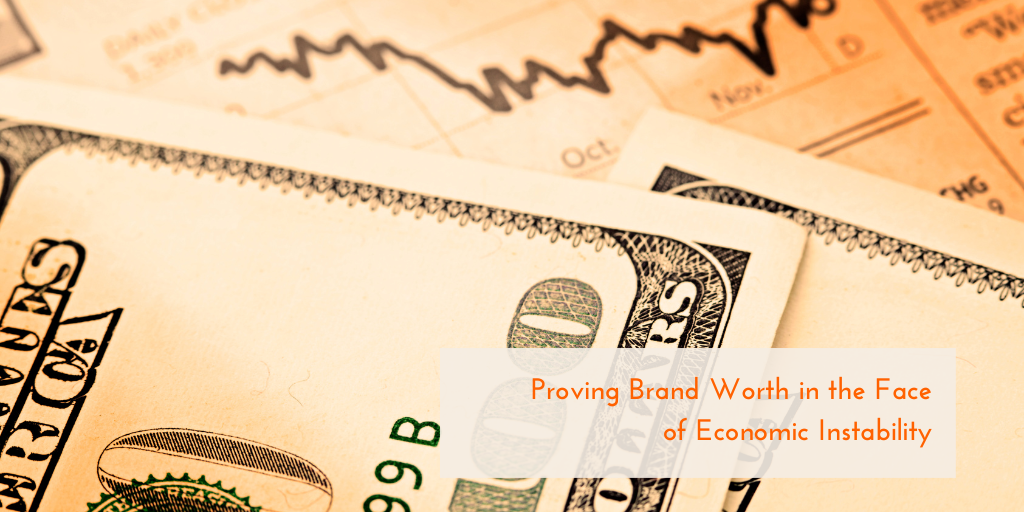
Rumors of a coming recession persist. On one hand, the recent debt ceiling scare had many watching from the edges of their seats. On the other hand, however, the GDP continues to increase each quarter, unemployment remains at near historic lows, consumer spending continues to rise, and the stock market is currently surging. However, because shouts that recession is coming may have begun to have a self-fulfilling prophecy effect.
The biggest indicator that the self-fulfilling prophecy could be taking effect are the mass lay-offs from huge, trusted brands that are often recognized as industry leaders. Rolls Royce laid off 6% of its workforce, Meta cut 13%, and Shopify let go of 20% of their employees, among many others. While some of the reasons for layoffs for the various brands shedding employees ring valid—Shopify claims they’re merely cutting the workforce that was necessary during the pandemic but aren’t needed now—the message sent to the average consumer is that we’re possibly heading into an unstable economy, if we’re not already there.
How an Unstable Economy Affects Marketing
Whether buyers stop buying or not, you can be sure they’ll be more discerning when choosing their purchases. Long-time brand loyalty may mean nothing if a private label version is available and costs less. A marketer’s job gets much harder in the face of economic instability, because they have to not only prove the brand’s worth to the consumer, but also prove a return on investment to the C-suite. Without that proof that marketing is working, without some indication of a return on investment, marketing budgets are often cut first when a recession hits.
The questions then become: How can you continue to prove brand worth to both the consumer and the C-suite? What must you focus on to drive brand purchases over private labels? And what do executives need to see on the balance sheet to know that a larger investment in marketing is warranted—not a reduction?
The good news is, by proving brand worth to the consumer, your CEO will undoubtedly see a return on investment. Here’s what to do.
Focus on Brand Values
When a consumer stands before a product in the grocery store, what keeps them from choosing the private label item over the legacy brand? For many, an affinity for the brand will squash their urge to save a few cents.
So, how can you build and maintain that affinity? Well, you must ensure that your brand focuses on the values that your buyers find important. These are often social issues that consumers from younger generations find important, such as women’s rights, diversity and inclusion, climate change, and human rights.
There’s a bit of a trapdoor that you can fall right through if you’re not careful, though. If Millennial and Gen Z buyers get even a whiff of dishonesty or inauthenticity from your marketing surrounding these causes, they’ll snag that private label item without a second thought.
When it comes to B2B marketing, the same rules apply. Millennials are now in leadership roles, and the oldest of the Gen Z workers will be there sooner than you think. When faced with the choice between two vendors, they’re likely to choose the one that aligns most closely with their values, especially if there isn’t a huge difference in price.
How does this prove ROI to the C-suite? Well, by the bottom line. If consumers are more likely to purchase your products or services over other brands due to an alignment of social values, then those choices will be reflected in your revenue. That’s something no CEO can argue with.
Focus on Quality
While social causes are often at the top of lists regarding what younger generations want to see from brands, conveying the quality of your brand’s products and services is just as important. Consider for a moment the private label brands you choose when shopping. Is there one item that you simply refuse to buy private label? Perhaps the quality of your favored brand just can’t be matched.
Marketing messaging that puts an emphasis on quality tends to reach all generations, and this is especially notable when examining the purchasing behaviors of Millennials and Generation Z. As keen as younger generations are on brands that align with a cause, they’re still more likely to choose a brand that’s known for quality, even if they must pay a little (or a lot) more for it. In fact, a recent survey of Generation Z placed quality of products well above social impact in importance.
And again, because B2B purchasing involves people, those same messages about quality tend to crowd out those promising lower prices. Businesses want to work with other business that make their jobs easier, even if that means paying more for the software or services. And, as proof that your messaging surrounding quality is being heard, your executives will see this in the revenue.
Focus on Internal Culture
When examining the effect that internal company culture has on the bottom line, there are two separate considerations to keep in mind. The first is consumer perception of your brand and how your company treats its employees. Is safety a concern? What about pay and benefits? Do you actively work to keep your employees happy? These concerns tend to be magnified during times of economic instability, as massive companies are seen to “dump” workers with no real concern about their wellbeing. Whether or not that’s the case within your company when employees are laid off, the perception is what matters.
Then there is the proven fact that engaged, happy employees provide better experiences for buyers. Because excellent customer service is yet another factor that buyers of all ages place particular emphasis on when making brand loyalty decisions, doing what you can to ensure a pleasant experience is crucial—and that very much includes taking care of your employees.
When marketing the internal culture, remember that perception is important and so is authenticity. If your buyers sense any insincerity in your messaging regarding employee happiness, they’ll have no qualms about finding a new brand to give their loyalty to. The only way to ensure authenticity is to do it right, by actually putting your employees first rather than simply telling the world that you do. You have to put your money where your mouth is.
If you’re wondering how this might apply to B2B brands, simply take a look at HubSpot, which consistently ranks in the top spots of Best Places to Work (among other massive awards) and also, as of publishing this article, commands more than $500 per share in stock prices. And, of course, this kind of proof is what the C-suite would also look for when determining if their investment was worth it.
To maintain, or even increase, marketing during economic instability seems like a risky move, but, in fact, it’s the opposite. Proving brand worth at all times is never a bad investment, and neither is ensuring that your brand stays top of mind even when spending decreases. If you’d like to explore ways to prove your brand value and introduce marketing strategies that return on your investment even during unstable economic times, reach out. We’re here to help.

